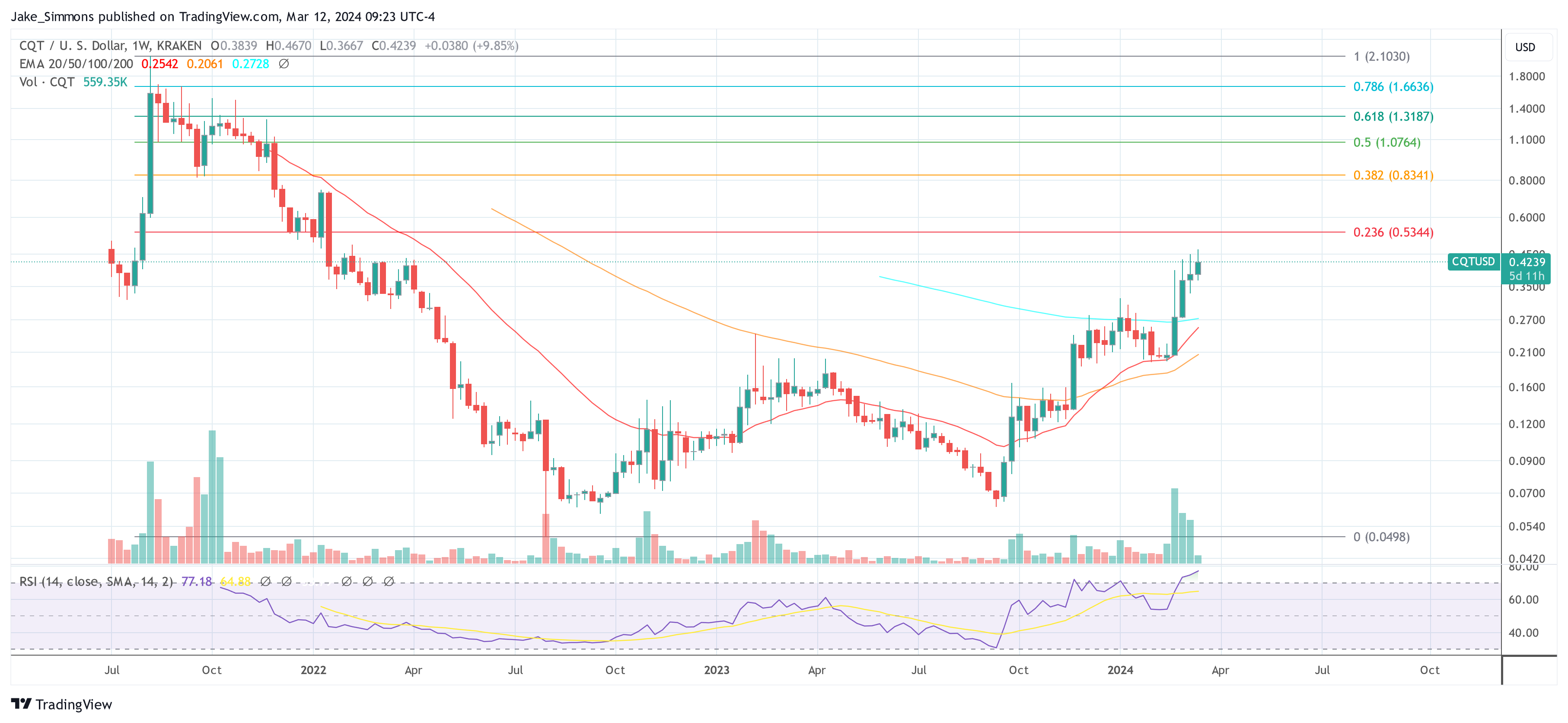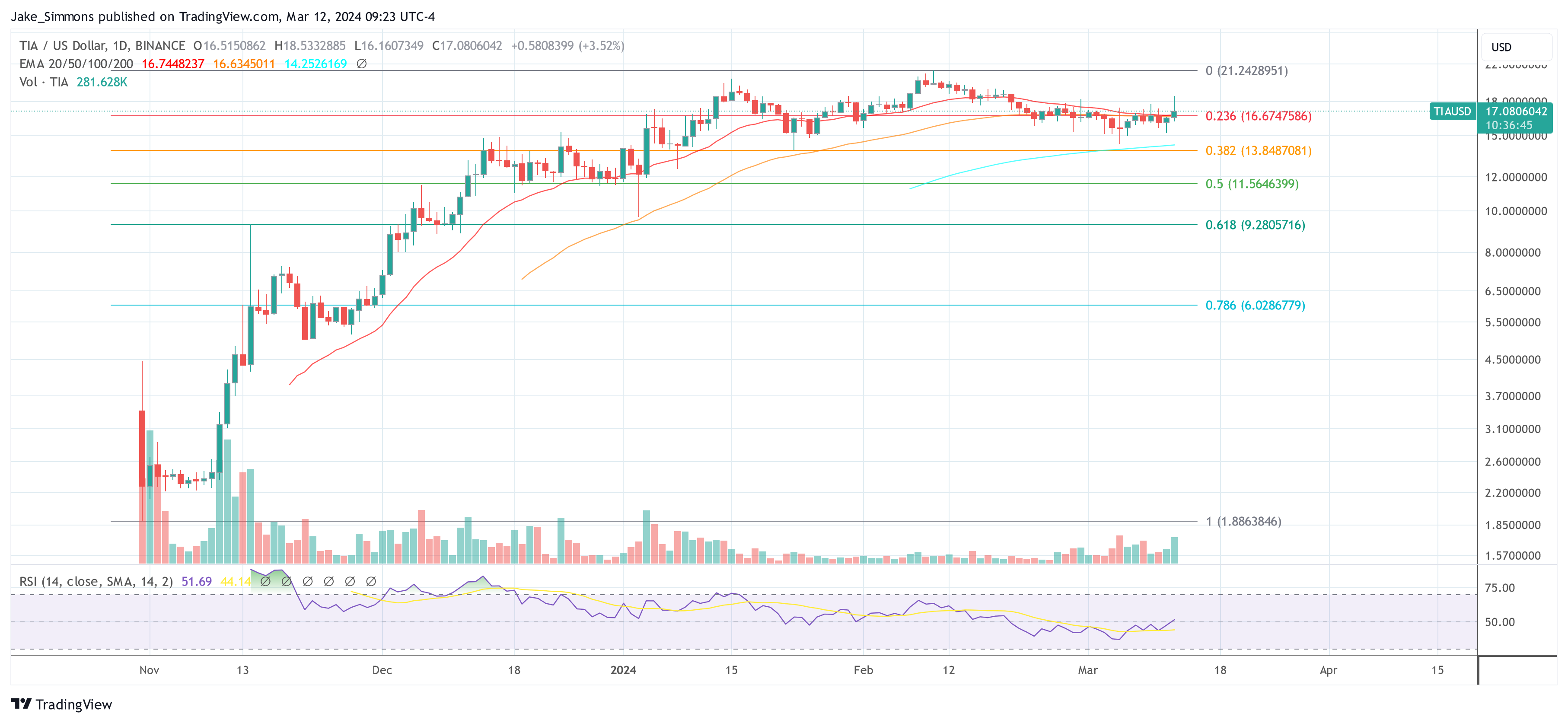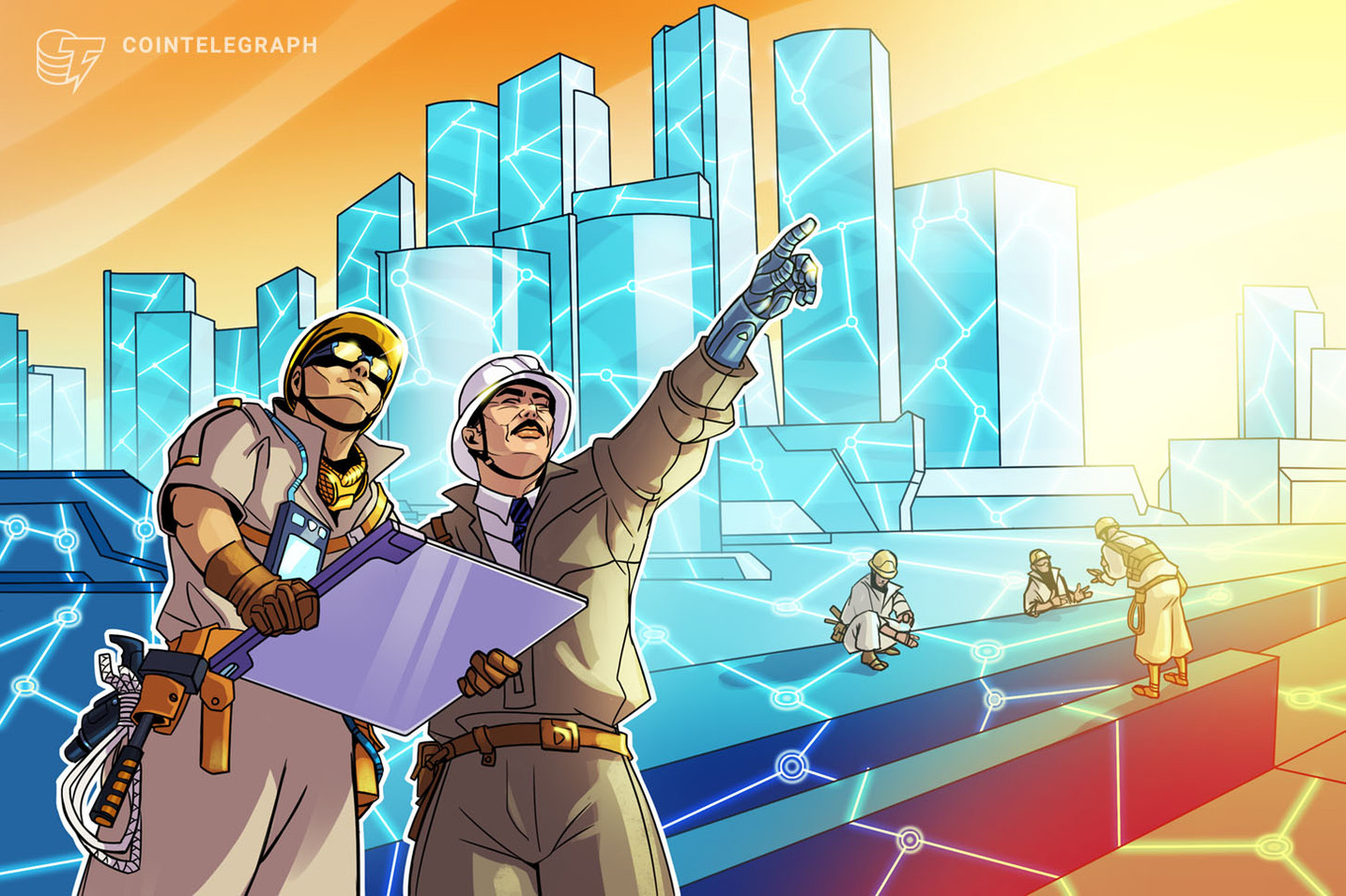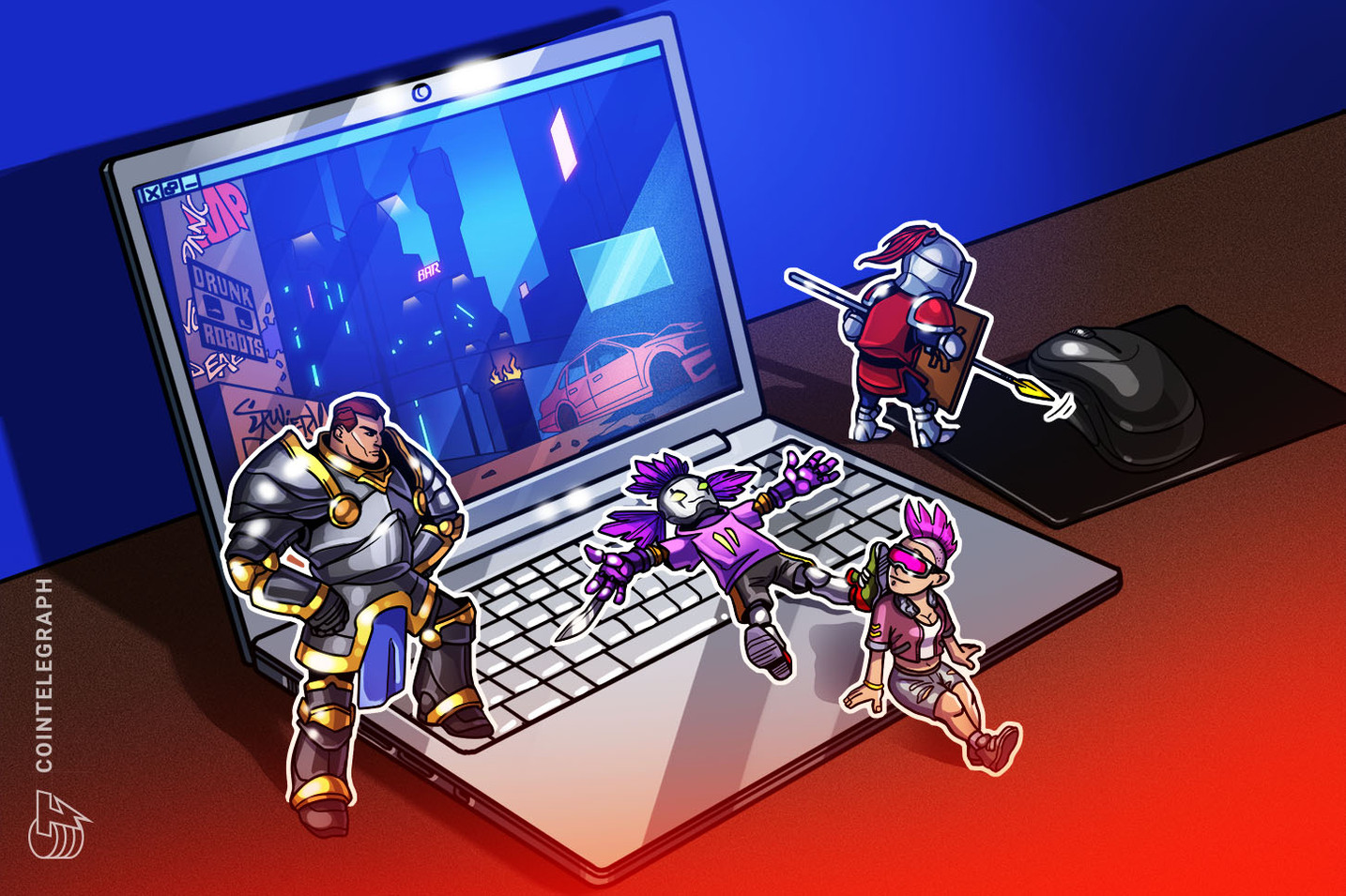Crypto analyst Michaël van de Poppe recently cast a spotlight on two altcoins poised to significantly impact the Web 3.0 ecosystem. In a detailed exposition shared on X (formerly Twitter), Van de Poppe introduced “modular blockchains” and “DePin” as emerging concepts set to redefine the crypto landscape.
Emphasizing the need for tangible use cases, Van de Poppe stated, “I’m advocating for investing into projects that fulfill actual use cases. Hence why I’m not that much focused on projects within the Gaming, Metaverse, NFT or Meme space, […] I’d rather want to focus on projects that have an actual use case within the financial Web 3.0 ecosystem.”
Crypto + Web 3.0: Modular Blockchains
The conversation around scalability and efficiency in blockchain has led to the emergence of modular blockchains, according to Van de Poppe. He described modular blockchains as “a solution from the previous cycle,” aiming to address the high transaction fees and scalability challenges that have hampered platforms like Ethereum.
“Remember the high gas fees we were paying during the bull run on Ethereum? Yes, that’s where Layer 2’s and modular blockchains started to come from as a potential solution for this problem,” Van de Poppe explained. By splitting traditional processes handled by a single layer, modular blockchains promise a substantial improvement in transactions per second, addressing the core scalability trilemma of decentralization, scalability, and security without compromising on any.
Spotlight On TIA And CQT
Among the projects leading the charge in this new era, Celestia (TIA) and Covalent (CQT) emerged as favorites of Van de Poppe.
TIA, according to Van de Poppe, stands out as a frontrunner in the modular blockchain space. “One of my favorites is TIA, which enhances the potential of modular blockchains,” Van de Poppe states, underscoring the project’s ambition to redefine scalability and efficiency in blockchain technology.
Covalent, in particular, is praised for its comprehensive toolkits for developers, which include Block Explorer Kits named GoldRush and analytics dashboards like Increment. “Covalent aims to build on the DePIN ecosystem, which means decentralized physical infrastructure networks, essentially laying the foundational layer of the entire financial Web 3.0 Ecosystem,” Van de Poppe remarked.
Delving deeper into Covalent’s contributions, Van de Poppe highlighted the project’s ambition to secure a structured dataset from over 215 blockchains and integrate AI through the analysis of 100 billion transactions. This integration is aimed at fostering AI consumption, training, and product development.
“Promoting decentralized indexing, Covalent enhances network resilience and reduces reliance on central entities,” he noted, underscoring the project’s commitment to decentralization. Furthermore, the activation of a Revenue Fee Switch connected to the Premium API since February signifies Covalent’s economic model’s maturity and its efforts to achieve complete Ethereum Virtual Machine (EVM) state data retrievability.
Price Analyses
The CQT price rose above the 20- and 100-week EMA in mid-February, generating bullish momentum. The price is now targeting the 0.236 Fibonacci retracement level at $0.53 on the 1-week chart. However, it is worth noting that the price is still around 80% away from its all-time high despite the bullish sentiment in the crypto market.

For Celestia (TIA), the situation looks quite different. The price is only 20% below its all-time high and is trading above the 0.236 Fibonacci retracement level on the 1-day chart.


















